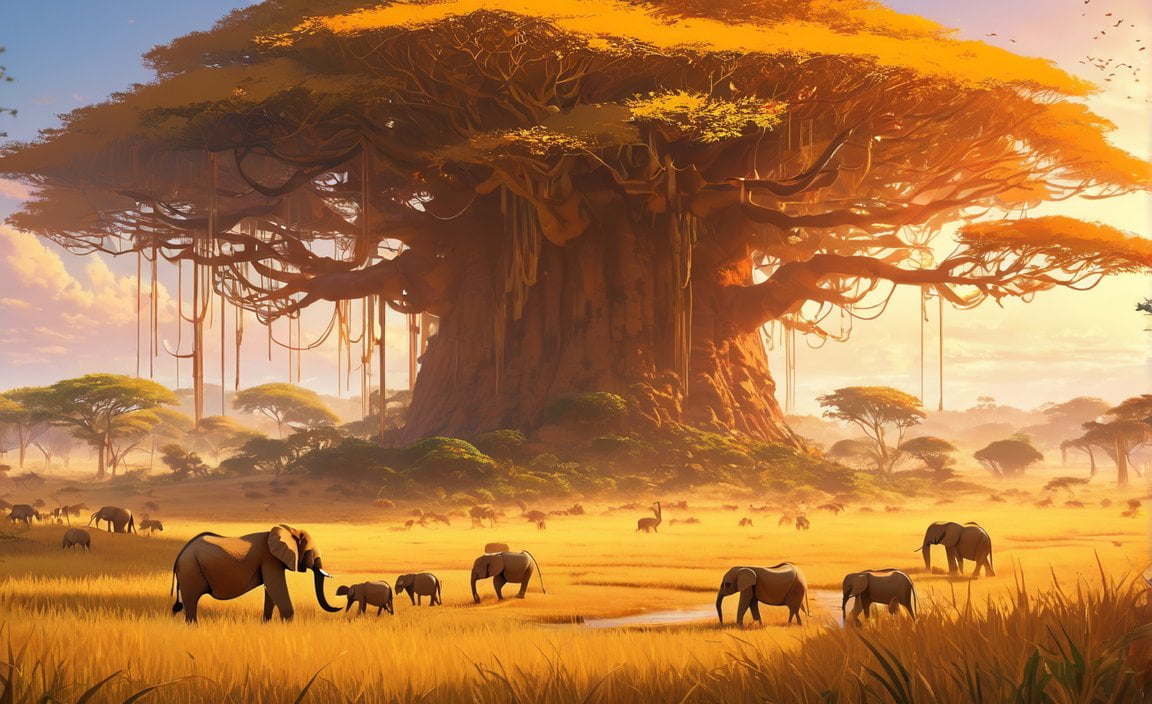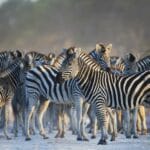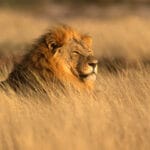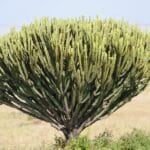Step into the heart of the savanna, a realm of awe-inspiring landscapes and vibrant ecosystems. This vast grassland biome, found in regions with tropical and subtropical climates, is home to an astonishing array of wildlife and plant life. The savanna’s unique blend of grassy plains, scattered trees, and diverse inhabitants has captured the imagination of explorers and naturalists for centuries.
Fact 1: The Extent of the Savanna
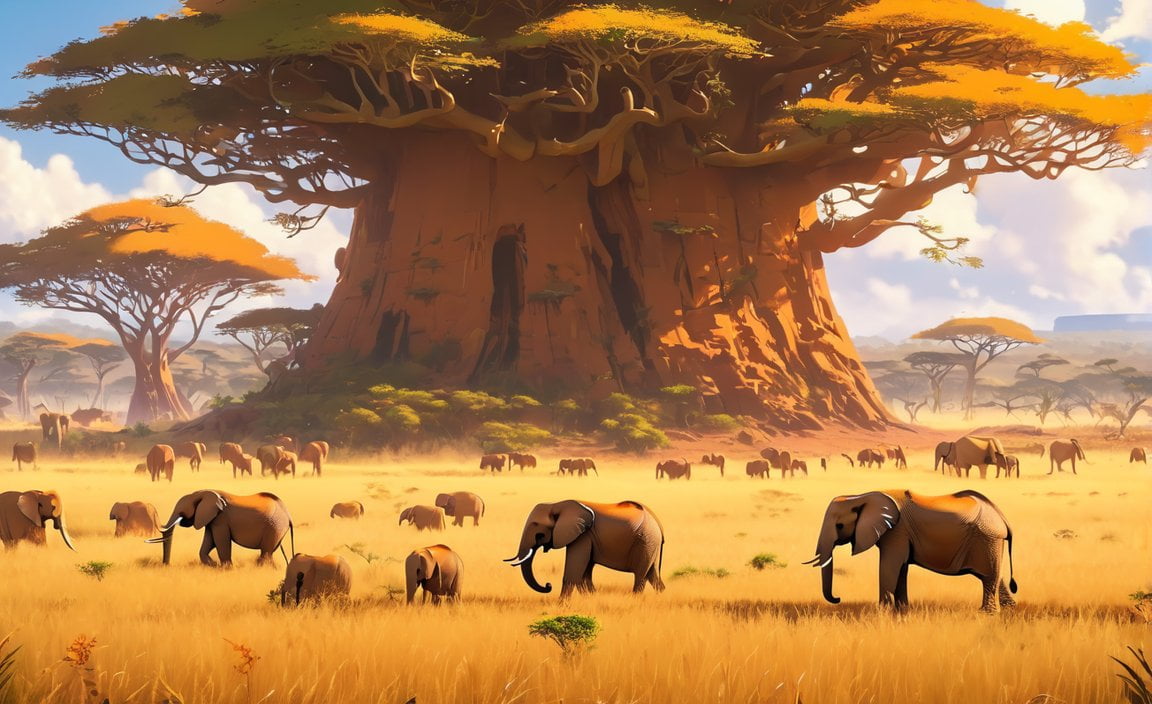
The savanna’s presence is far-reaching, covering over 40% of Africa and stretching across approximately 20% of the Earth’s land surface. This biome encompasses a variety of regions, including the vast plains of East Africa, the grasslands of South America, and the woodlands of Australia.
Fact 2: The “Big Five” of the Savanna
When venturing into the savanna, one can’t help but be captivated by the iconic wildlife that roams its expanses. The “big five” – the lion, leopard, elephant, rhino, and buffalo – reign supreme as the savanna’s most renowned inhabitants. These majestic creatures have adapted to the savanna’s environment, showcasing remarkable hunting prowess, resilience, and social dynamics.
Fact 3: The Unique Flora of the Savanna
Amidst the savanna’s grassy plains, a remarkable tree stands as a testament to time – the baobab tree. These ancient giants, with their bulbous trunks and sprawling branches, can live for thousands of years, silently witnessing the ever-changing savanna landscape. The baobab’s presence adds a touch of magic to the savanna, embodying its enduring spirit.
Fact 4: The Impact of Climate on the Savanna
The savanna’s climate is characterized by distinct wet and dry seasons. During the wet season, the savanna transforms into a lush, verdant paradise, with abundant rainfall nourishing the grasslands and supporting the thriving wildlife. As the dry season approaches, the landscape gradually transitions into a golden expanse, with grasses drying and water sources becoming scarce. This seasonal rhythm plays a crucial role in shaping the savanna’s ecosystem and influencing the behavior of its inhabitants.
Fact 5: The Threats to the Savanna Ecosystem
Despite its resilience, the savanna ecosystem faces numerous threats. Overhunting and habitat loss have pushed many savanna species to the brink of extinction. Human activities such as agriculture, urbanization, and climate change further endanger the delicate balance of this ecosystem.
Conclusion
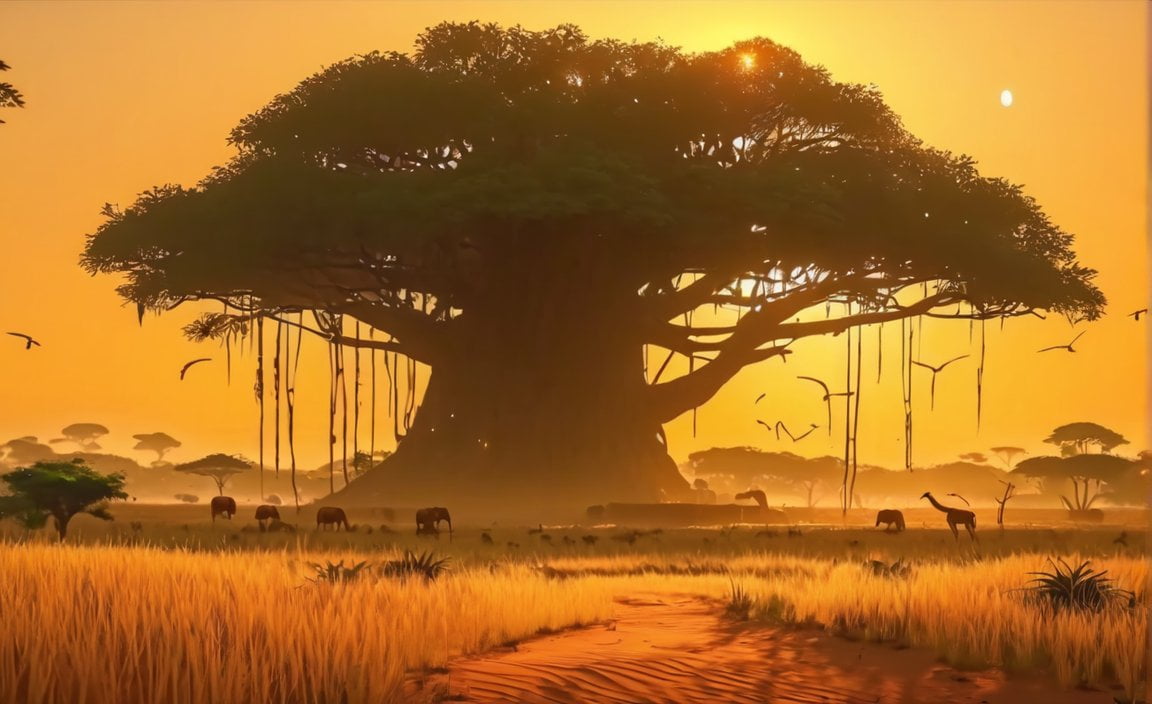
The savanna, with its captivating landscapes, diverse wildlife, and intricate ecological balance, holds immense value for our planet. It is a sanctuary for countless species, a source of inspiration for artists and scientists, and a reminder of the interconnectedness of our natural world. Protecting the savanna is not just about preserving its natural beauty; it is about safeguarding the rich biodiversity that underpins our planet’s health and well-being.
- Explore 5 interesting facts about deciduous forests and discover the wonders of these unique ecosystems.
- Dive into the heart of Mexico City and uncover five fascinating facts about this vibrant metropolis.
- Quebec, a province with rich history and culture, holds 5 interesting facts about Quebec that you won’t want to miss.
FAQ
Q1: How extensive is the savanna biome?
The savanna covers over 40% of Africa and about 20% of the Earth’s surface, making it one of the most widespread biomes on the planet. It encompasses a variety of regions, including the vast plains of East Africa, the grasslands of South America, and the woodlands of Australia.
Q2: What are the “Big Five” animals of the savanna?
The “Big Five” – the lion, leopard, elephant, rhino, and buffalo – reign supreme as the savanna’s most renowned inhabitants. These majestic creatures have adapted to the savanna’s environment, showcasing remarkable hunting prowess, resilience, and social dynamics.
Q3: What is unique about the baobab tree, found in the savanna?
The baobab tree stands as a testament to time, with its bulbous trunks and sprawling branches capable of living for thousands of years. These ancient giants silently witness the ever-changing savanna landscape, adding a touch of magic and embodying the biome’s enduring spirit.
Q4: How does the savanna’s climate impact its ecosystem?
The savanna experiences distinct wet and dry seasons, which play a crucial role in shaping its ecosystem and influencing the behavior of its inhabitants. During the wet season, the savanna transforms into a lush, verdant paradise, while the dry season brings challenges as grasses dry and water sources become scarce.
Q5: What are the primary threats to the savanna ecosystem?
Despite its resilience, the savanna ecosystem faces numerous threats, including overhunting, habitat loss, agriculture, urbanization, and climate change. These factors endanger the delicate balance of the ecosystem and push many savanna species to the brink of extinction.
- Unveiling the Enigma: Mansoureh Khojasteh Bagherzadeh’s Public Appearances & Private Life in Iran - July 18, 2025
- Unveiling the Mystery: Mansoureh Khojasteh Bagherzadeh’s Husband: A Rare Glimpse into a Private Life - July 18, 2025
- Unveiling Masoud Khamenei’s Mother: Power, Influence, and Iran’s Future - July 18, 2025
